Dyscalculia: How to know if your child suffers from it?
Teaching Resilience During Pandemic Times has become even more imperative
Samsung Galaxy M12 is #MonsterReloaded: Here’s how you can get this device in under Rs10k*!
When should you check your child’s ‘Genetic Kundli’ for cancer?
4 ways to differentiate between reward and bribe
Dyscalculia: How to know if your child suffers from it?
Dyscalculia: How to know if your child suffers from it?
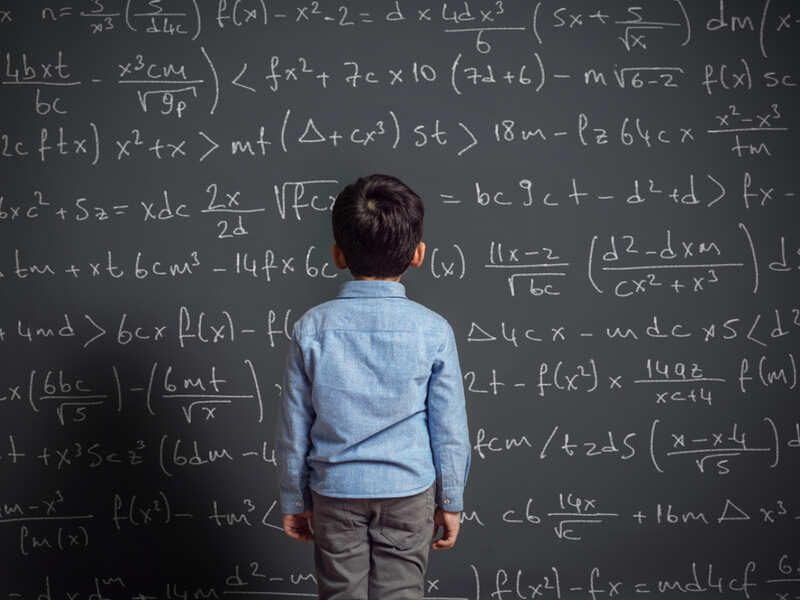
Dyscalculia is a learning disability that impairs an individual's ability to understand and process numerical information in a typical way. Common symptoms of dyscalculia include difficulty in calculation, fact, number sense and mathematical reasoning. It also includes difficulty in linking numbers and symbols to amounts and directions, making sense of money or telling time.
Symptoms of dyscalculia?
The problem with maths can vary depending on what is causing it and what is the age of your child. Here are some symptoms to look out for at different levels of schooling to identify if your child has dyscalculia.
Preschool
- May find it hard to learn to count by 10s, up to 100
- Can have trouble counting each object in a group
- Difficulty in understanding that a number can be used to describe any group with the same amount. For example, not knowing that 5 can be used for a group of 5 fingers, 5 bananas, 5 dogs etc.
- Difficulty in writing and recognising numbers up to 20
- Skipping numbers while counting
- Inability to recognise patterns and sort items by size, shape or colour
Primary school
- Difficulty in counting 2s. 5s and 10s
- Unable to do basic mathematical calculations mentally
- Difficulty in recognising basic mathematical signs such as plus and minus
- Difficulty in understanding the concept of more than or less than
- Struggles in remembering basic maths facts like 10+10 = 20
- Does not make the connection between related math fact or fact families like 5+5=10, so 10-5= 5
- Has trouble recognising numerals
- Does not understand left and right
- Avoids playing games that involve strategies like checkers or soduku.
High school
- Struggles in using math in real life, for example doubling the recipe for making it for more people.
- Trouble in understanding maps and charts
- Hesitant in doing activities that require a good sense of speed, distance like running or learning to drive.
How to diagnose dyscalculia
Begin by talking with your child's teacher. She will tell you how good your child is doing in maths. Every child with dyscalculia has different strengths and weaknesses, a competent professional will recognise this. Common tests for dyscalculia include:
Counting
One of the best tests you can do is ask your child to count backwards.
Drawing shapes
Visual-spatial skills play a huge role in math. Copying or drawing shapes from memory is a good way to measure a child's challenges in this area.
Talk to your child's teacher
Your child's teacher can be the best person to share what she has observed in the class. You can discuss with the teacher the number of skills your child should learn by the end of school. This can tell you what your child needs help with and how far behind he is.
Talk to a specialist
Educational psychologists are trained to give specific tests that look at how children learn and think. The test can help pinpoint what exactly your kids need help with.
Symptoms of dyscalculia?
The problem with maths can vary depending on what is causing it and what is the age of your child. Here are some symptoms to look out for at different levels of schooling to identify if your child has dyscalculia.
Preschool
- May find it hard to learn to count by 10s, up to 100
- Can have trouble counting each object in a group
- Difficulty in understanding that a number can be used to describe any group with the same amount. For example, not knowing that 5 can be used for a group of 5 fingers, 5 bananas, 5 dogs etc.
- Difficulty in writing and recognising numbers up to 20
- Skipping numbers while counting
- Inability to recognise patterns and sort items by size, shape or colour
Primary school
- Difficulty in counting 2s. 5s and 10s
- Unable to do basic mathematical calculations mentally
- Difficulty in recognising basic mathematical signs such as plus and minus
- Difficulty in understanding the concept of more than or less than
- Struggles in remembering basic maths facts like 10+10 = 20
- Does not make the connection between related math fact or fact families like 5+5=10, so 10-5= 5
- Has trouble recognising numerals
- Does not understand left and right
- Avoids playing games that involve strategies like checkers or soduku.
High school
- Struggles in using math in real life, for example doubling the recipe for making it for more people.
- Trouble in understanding maps and charts
- Hesitant in doing activities that require a good sense of speed, distance like running or learning to drive.
How to diagnose dyscalculia
Begin by talking with your child's teacher. She will tell you how good your child is doing in maths. Every child with dyscalculia has different strengths and weaknesses, a competent professional will recognise this. Common tests for dyscalculia include:
Counting
One of the best tests you can do is ask your child to count backwards.
Drawing shapes
Visual-spatial skills play a huge role in math. Copying or drawing shapes from memory is a good way to measure a child's challenges in this area.
Talk to your child's teacher
Your child's teacher can be the best person to share what she has observed in the class. You can discuss with the teacher the number of skills your child should learn by the end of school. This can tell you what your child needs help with and how far behind he is.
Talk to a specialist
Educational psychologists are trained to give specific tests that look at how children learn and think. The test can help pinpoint what exactly your kids need help with.
End of the article
Comments (0)
Featured in Lifestyle

6 signs a married man is falling for you

Breakfast after 8:30am increases risk of diabetes
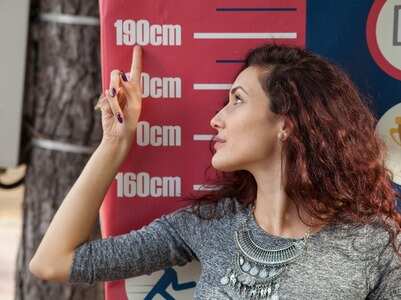
Can you increase your height after 18?

The medicines you can take during COVID shot

Erica Fernandes' rainbow ruffle dress is all you need for your next beach holiday
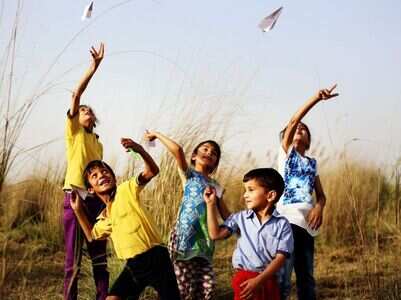
Teaching resilience to children during pandemic

Know what you can’t sacrifice for love

Is second breakfast the secret to losing weight?

Flashing your underwear strap has become cool again
LATEST VIDEOS
Parenting
 #MindfulParenting: How to practice gender neutral parenting07:53
#MindfulParenting: How to practice gender neutral parenting07:53 #MindfulParenting: How to create a strong emotional connection with your child05:06
#MindfulParenting: How to create a strong emotional connection with your child05:06 Things you need to stop telling mothers!04:15
Things you need to stop telling mothers!04:15 #MindfulParenting: 5 ways to avoid threatening your child02:59
#MindfulParenting: 5 ways to avoid threatening your child02:59 #MindfulParenting: The right way to praise your child07:32
#MindfulParenting: The right way to praise your child07:32 #MindfulParenting: Difference between reward and bribe by parenting expert, Dr Pallavi Rao Chaturvedi04:06
#MindfulParenting: Difference between reward and bribe by parenting expert, Dr Pallavi Rao Chaturvedi04:06 #MindfulParenting: 7 ways to be a calmer parent05:43
#MindfulParenting: 7 ways to be a calmer parent05:43 New-generation parents are willing to break stereotypes, like Virat Kohli and Anushka Sharma01:33
New-generation parents are willing to break stereotypes, like Virat Kohli and Anushka Sharma01:33 #MindfulParenting series: How to understand and manage your child's screen time04:57
#MindfulParenting series: How to understand and manage your child's screen time04:57 How to build back your body post-pregnancy by Sucheta Pal08:26
How to build back your body post-pregnancy by Sucheta Pal08:26
StoriesSEE All








































































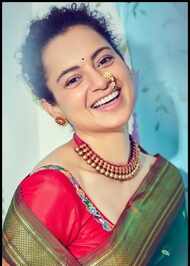





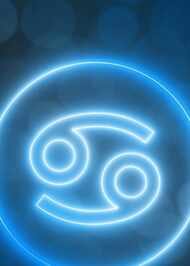












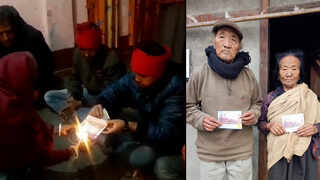
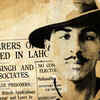

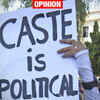
closecomments
SIGN IN WITH
FacebookGoogleEmail